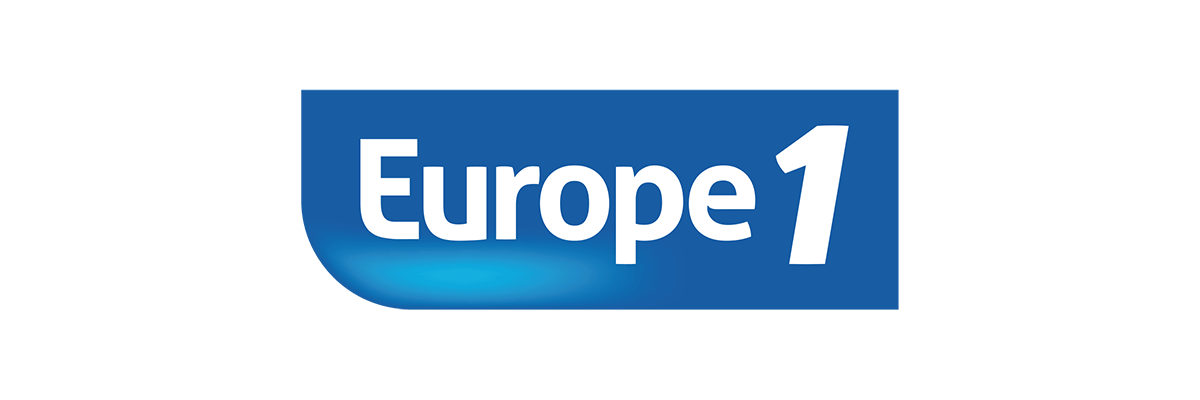Third market capitalization of the Place de Paris and a member of the top trio of the world's pharmaceutical laboratories, Sanofi did not want to leave to the association of victims of Dépakine to announce its indictment. On Monday evening, the group made it public by unveiling the aggravated chefs of deception and involuntary injuries which are accused. The best way no doubt to impose its communication and to assert a defense which has been camping for several years on the same line: the multinational is avoided of its transparency and claims to have always informed the health authorities of the conditions of prescription of the drug and their evolution over time.
Risk medication
For fifty years, Sanofi has been selling a molecule, the sodium valproate, under different brands, Dépakine, Dépakote, Dépamé. It is indicated for the treatment of epilepsy and bipolar disorders. In 2018, she was prohibited for pregnant women or of childbearing age. A year earlier, a study carried out jointly by health insurance and the National Medicines Safety Agency (ANSM) had revealed that Désakine and its derivatives were behind several thousand major congenital malformations.
They are also suspected of being the cause of development delays and mental disturbances that appeared early in more than 15,000 young children whose mothers took this substance. The firm is based on a judgment of the Court of Cassation, canceling the decision of the Orleans Court of Appeal which ordered it to compensate a family, to refute any responsibility. She argues that she has repeatedly requested the changes to information documents for patients and health professionals since 2004 as soon as she was aware of the risks involved.
Failing controls
The Dépakine affair resonates with the mediator-flery trial which has been held for more than four months in Paris. Unlike Sanofi, the Servier laboratories recognized the toxicity of their drug suspected of having precipitated several dozen deaths and weakened the hearts of thousands of patients (see opposite). But in one case as in the other returns the nagging question of the efficiency and independence of the controls diligent before and during marketing authorizations.
"Many red lines have been crossed due to the incestuous ties between laboratories and health authorities"
Why do you have to wait thirty years to realize that a hormonal treatment, the Androcur of the Bayer group, increases the risk of brain tumor? The facts that arise in the news have a long history that often runs over several decades. They nevertheless reveal a certain consistency in the failure of the health authorities for half a century. In 1977, for example, it was six years behind the United States that France will put the DES, a synthesis hormone administered against false layers and a source of tens of thousands of genital anomalies and cancers in those nicknamed distilled girls.
Only a few months ago, the ANSM ancestor was sentenced to have been late, ten years earlier, to investigate the calamiteuses PIP breast prostheses. "Many red lines have been crossed due to incestuous ties between laboratories and health authorities," notes Dr. Piagement, director of ANSM between 2013 and 2018.
The mediator electroshoche overthrew the consensual table where officials and experts of the laboratories. The ANSM now lives on state subsidies instead of taxes and royalties collected on the pharmaceutical industry. No more representatives of the latter sits on its board of directors. And, now, the advantages received by doctors and health professionals must be declared on a dedicated site.
Independent, experts mandated by the ANSM are not unanimous. They are not the best, those who most often have links with the labos that officiate. The competence of their replacements is often criticized as the defense strategy of the Sanofi group demonstrates in the Désakine case.
Listen to patients
Faced with the search for independent saphanted, authority in their field and being disinterested, the health authorities must also lead a double revolution. Fighting this very French culture of surprise which encourages a number of doctors to issue medication outside their therapeutic indications. And find a real listening capacity for patients. Quite the opposite of autism that marked the Levothyrox crisis, where several tens of thousands of thyroid patients took the networks to be heard.
Mourenx, the other Sanofi scandal
Environment In 2018, an association pointed out the dysfunctions of the Béarnaise factory where the active substance of the Désakinesanofi was produced in July 2018 in the heart of another scandal linked to Duskine, environmental this one, in its chemical factory in Mourenx, about thirty kilometers from Pau. It is here that sodium valproate produced, the active substance of the drug. A nature protection association revealed that this site, the oldest in Sanofi, issued extraordinary toxic discharges (notably the bromoprop, carcinogenic, and sodium valproate). Several complaints for "endangering the life of others" were filed by associations of residents and environmental, then, in September 2019, by the CGT of the pharmaceutical giant. Car despite a factory judgment for a month in the summer of 2018 and the upgrades imposed by the authorities, traces of valproate were found in the blood of several operators of the production site Reopening. The quest for a recognition the salaried Mourenx has been, moreover, on a pearl strike for 106 days now: targeted work stoppages, every day, aimed at preventing the smooth running of this factory from which normal, according to Sanofi, 80 % of the sodium valproate used in the world. For Jean-Louis Peyren, of the CGT Sanofi, the indictment in the health aspect "does not change anything, since in any case, the toxicity of the sodium valproate has been recognized for a long time". Employees want recognition and compensation for their exposure to chemical risk.
Find our other articles here





